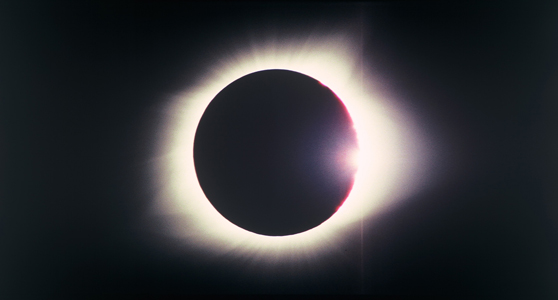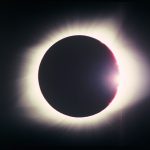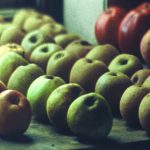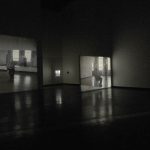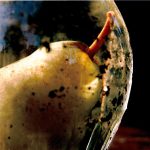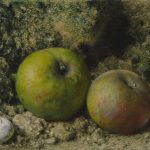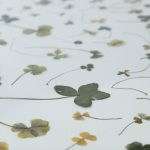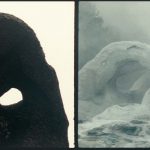Tacita Dean: LANDSCAPE, PORTRAIT, STILL LIFE
Article DOI: https://dx.doi.org/10.15180/181007
Keywords
analogue, contemporary art, exhibition, film, landscape, photography, portrait, still life, Tacita Dean
Review
https://dx.doi.org/10.15180/181007/001Tacita Dean is an artist who cares about technology. Working primarily in film, she brings a particular concern with the process and practice of photochemical film to a timeless yet contemporary eye on the world. Her art is as much about the meaning of film as a material, as it is about the subjects she explores through the medium of film.
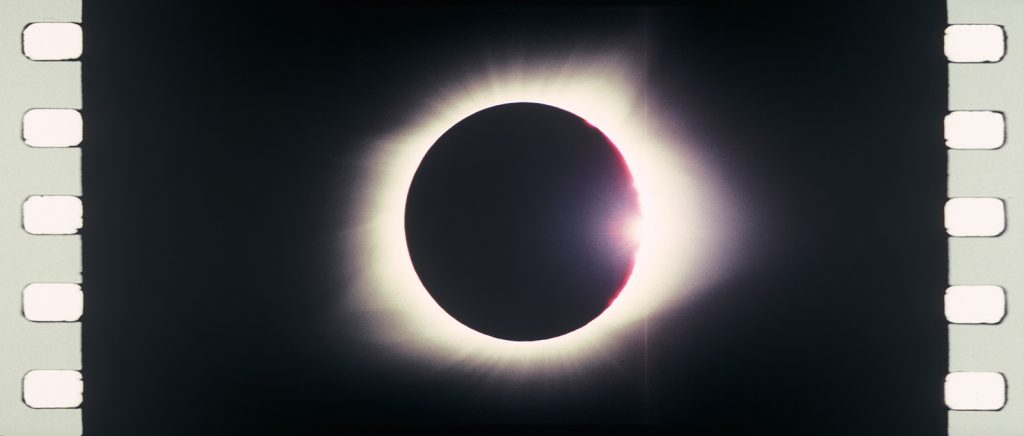
Earlier this year, Dean created a series of exhibitions running concurrently at three major London art galleries: the Royal Academy of Arts, the National Portrait Gallery, and the National Gallery. In the first ever collaboration between these institutions, each exhibition focused on a different genre traditionally associated with painting: landscape, portrait, and still life (respectively). In each, Dean mixed new and existing works with pieces from the collection or other artists. Her art works and curatorial choices opened the definition of each genre, making one think about the cultural, social, and even scientific, construction of what we consider identity, objects and ‘scapes’.
At the National Portrait Gallery, Dean had the honour of creating their first exhibition devoted to film, with the majority of pieces in 16mm. Each took an expansive approach to portraiture, focusing on a slow conversation with the artist Mario Merz, the writer Michael Hamburger handling the apples from his garden (see Figure 2), or the dancer Merce Cunningham performing ‘Stillness’ to John Cage’s famous 4 minutes 33 seconds of silence (see Figure 3).
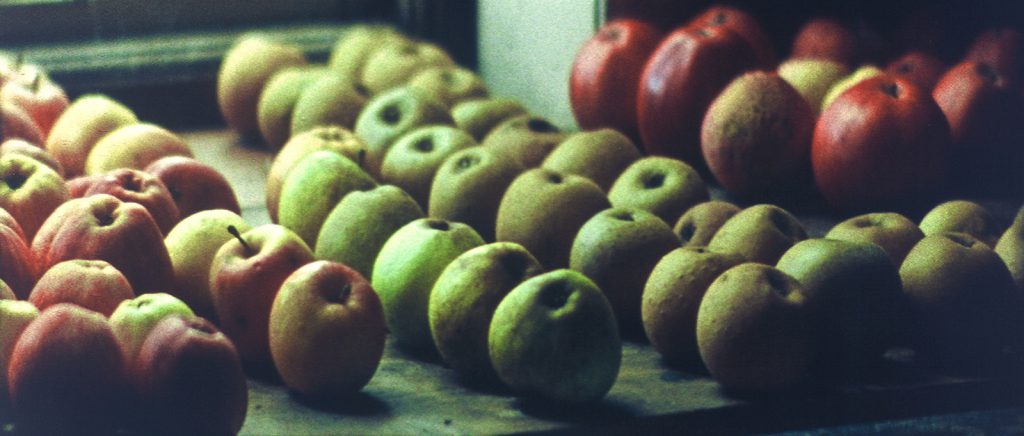
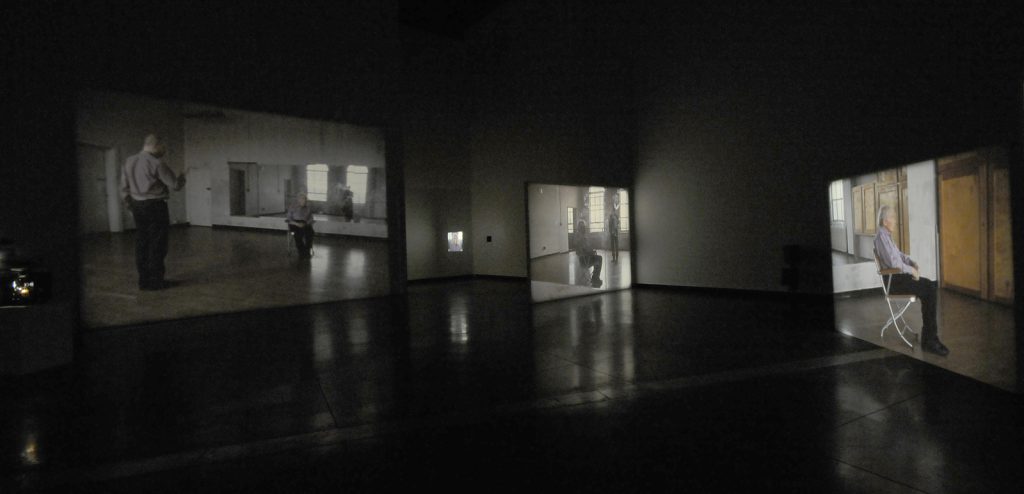
Along the central corridor of the exhibition stretched a photographic series portraying (the studio of) the artist Cy Twombly, lingering on the technologies of his practice – the tools, chemicals, texts and objects – creating a balance with the material technology of Dean’s own works. Her films are more installations than images. The whirr of the projector, the thin slivers of light, mirrors and flickers are fundamentally part of the experience. The film is as much the subject as the medium of her art.
At the National Gallery, Dean selected works from the permanent collection to hang alongside her own new and existing pieces. These works were subtle, the busy visitor had to slow down and let themselves be drawn in. As the exhibition opening text advised, ‘still life asks us to look long and look slowly, without the intrusion of words’. Wolfgang Tillmans’ Beerenstilleben (2007), a photograph of plastic fruit punnets on a windowsill, sat next to Francisco de Zurbarán’s painting A Cup of Water and a Rose (c.1630), opening our eyes to which objects and spaces are worthy of record and attention. Dean’s film of the slowly decaying bottled pears in Prisoner Pair (2008) (see Figure 4) projected life (and death) into William Henry Hunt’s neighbouring watercolour of Apples (nineteenth century) (see Figure 5). Dean’s works were back-projected onto the walls so that they seemed to be paintings come alive, or sudden windows to another world. Dean’s material becomes light itself with the life and glow of these films.
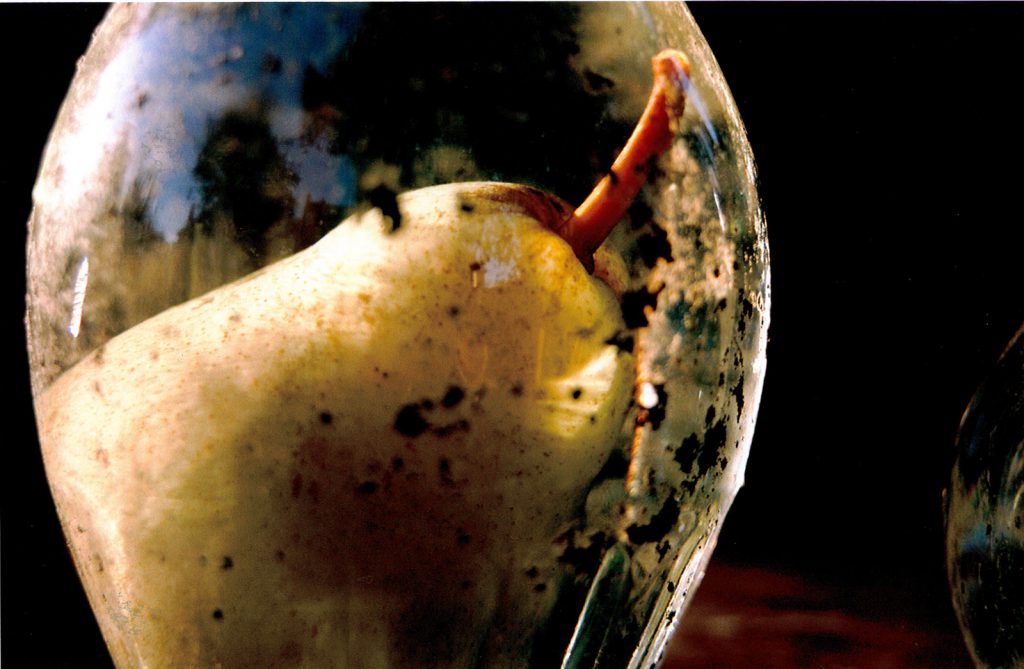
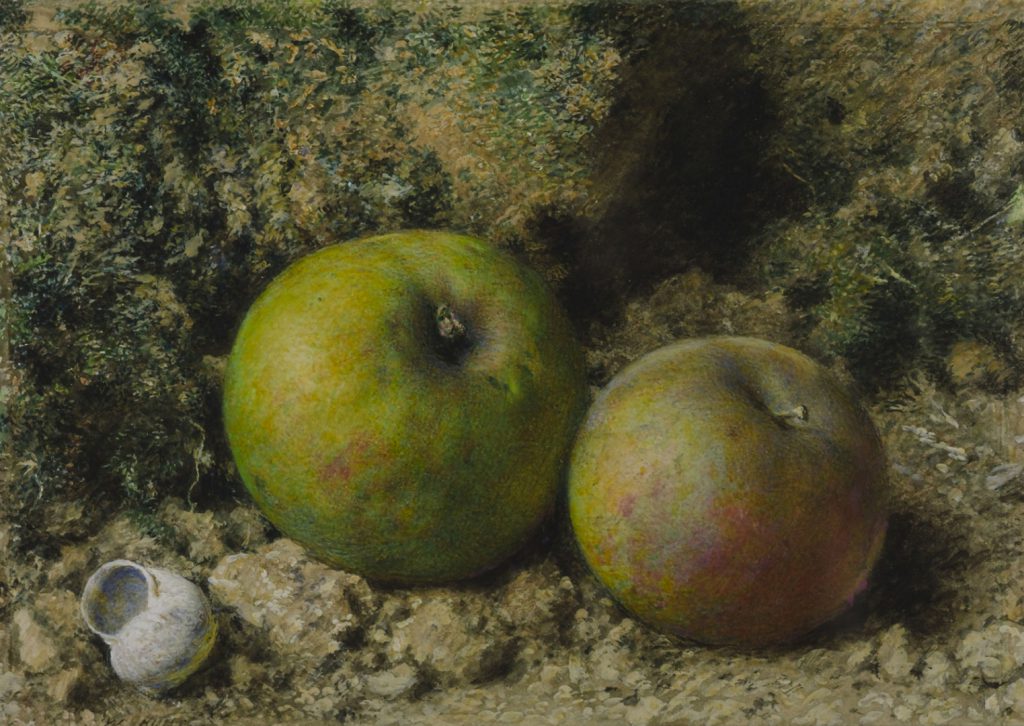
At the Royal Academy, Dean filled the newly-refurbished spaces of the Burlington Gardens extension with a range of material responses to the idea of landscape, drawing in botany, cosmography, geology, travel and natural phenomena. Closely-studied clouds scudded across one wall, captured using Dean’s other characteristic material: chalk on a series of blackboards. Cases contained her ongoing collections of Round Stones and Four, Five, Six, Seven and Nine Leaf Clovers (Figure 6). Antigone, a new diptych film created for the exhibition, made the physical practices of photomechanical film particularly visible. Much of the film strip is shown with the sprocket holes visible at each side, while sections are also masked and combined to allow Dean to show multiple views within a single frame (Figure 7). The epic tale of Antigone, sister and guide to the blinded Oedipus, takes place across the very different landscapes of Bodmin Moor, the geysers of Yellowstone National Park, and post-industrial Illinois. All of these environments give shape to the epic narrative, shot miles and hours apart, but combined by Dean’s masking, cutting, splicing: the physical process of editing film.
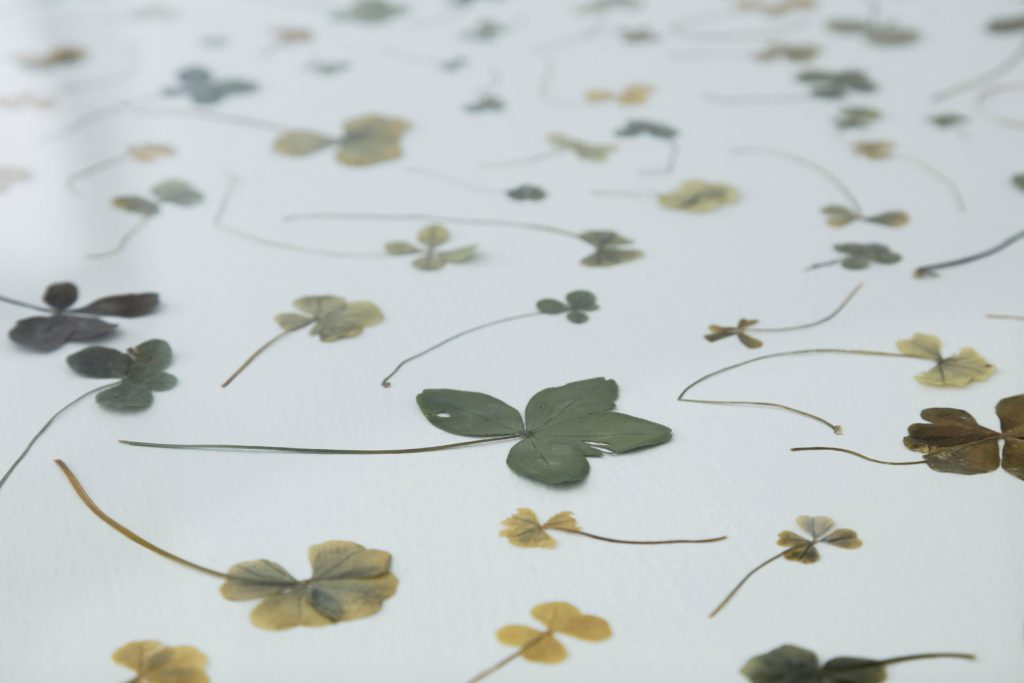

Dean consciously emphasises the use of these film technologies in her work: the physical practices that many today barely understand, and increasingly consider obsolete. She has returned consciously to the word ‘analogue’, seeking not only to separate her work from ‘digital’ but seeing this as a statement of ‘proportion and likeness’. Dean’s ‘analogue’ means ‘a representation of an object that resembles the original; not a transcription or a translation but an equivalent in a parallel form’.[1] She reminds us of the attempts to create ‘objectivity’ in scientific imagery, which have been traced by Lorraine Daston and Peter Galison[2], with her added attention to the particular materials of representation.
These three exhibitions were a bold collaboration that brought a new eye to three institutions and their artworks. While the later dates of the Royal Academy show meant that the three displays were only open simultaneously for ten days, a rich catalogue allows the dialogue between the three to live on and develop. With a range of essays, Dean’s own texts on her new pieces, and images of all works in the exhibitions (including multiple stills from each film), this publication captures the rich possibilities of Dean’s work. For all museums, Tacita Dean: LANDSCAPE, PORTRAIT, STILL LIFE, encourages ambitious thinking in staging collaborative projects. For science museums, Dean’s art demonstrates the technological riches that are to be found in visual and material attention to images.
Tacita Dean: PORTRAIT was at the National Portrait Gallery from 15 March to 28 May 2018
Tacita Dean: STILL LIFE was at the National Gallery from 15 March to 28 May 2018
Tacita Dean: LANDSCAPE was at the Royal Academy of Arts from 19 May to 12 August 2018
The exhibitions were curated by Sarah Lea and Desiree De Chair at the Royal Academy of Arts; Sarah Howgate, Senior Curator, Contemporary Collections at the National Portrait Gallery, and Bart Cornelis, Curator of Dutch and Flemish Paintings at the National Gallery.
Tags
Footnotes
Back to text
Back to text

